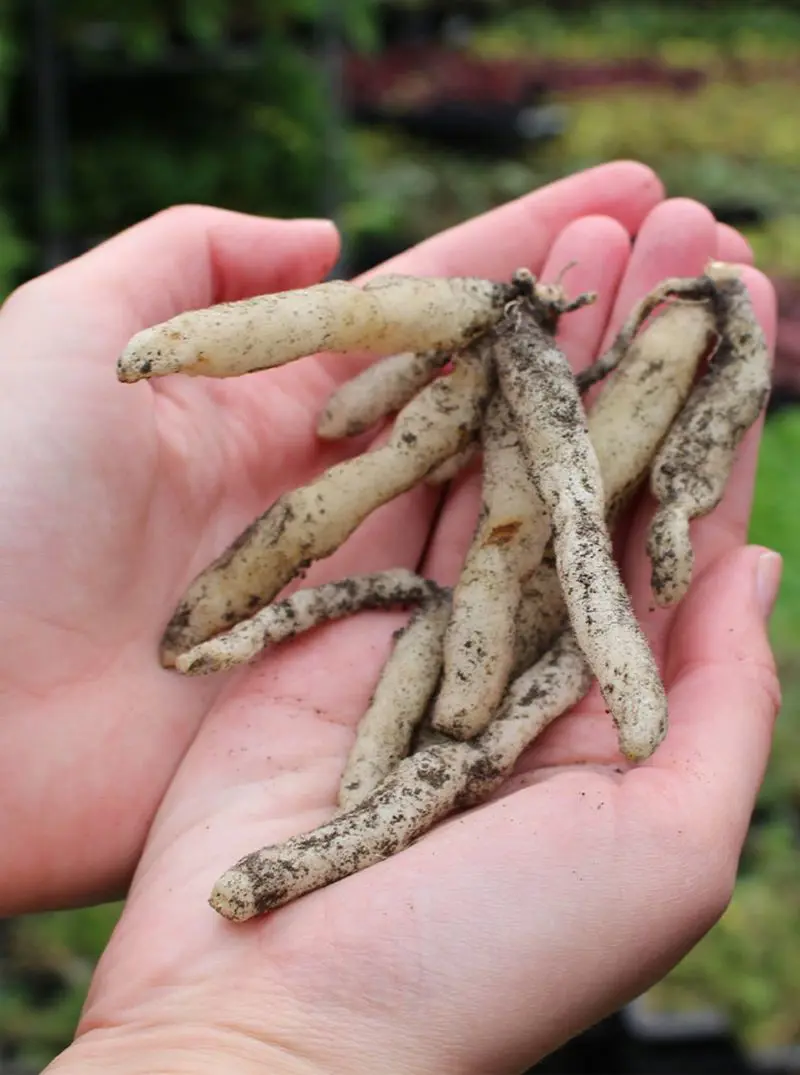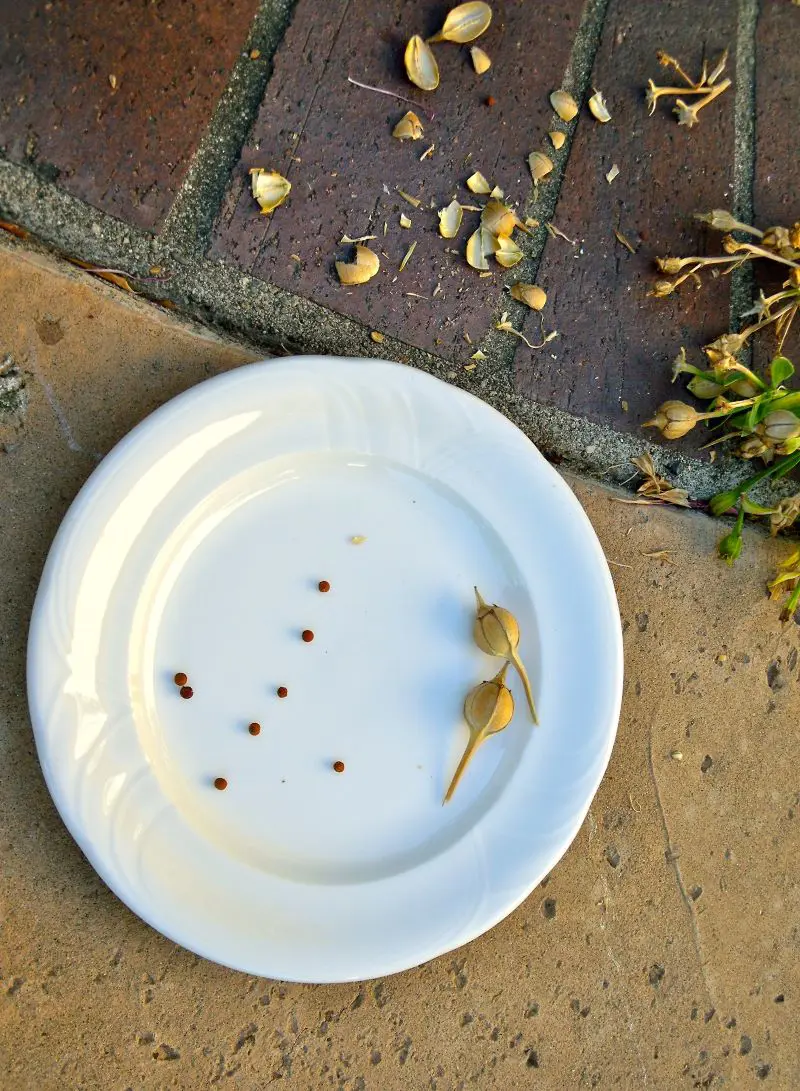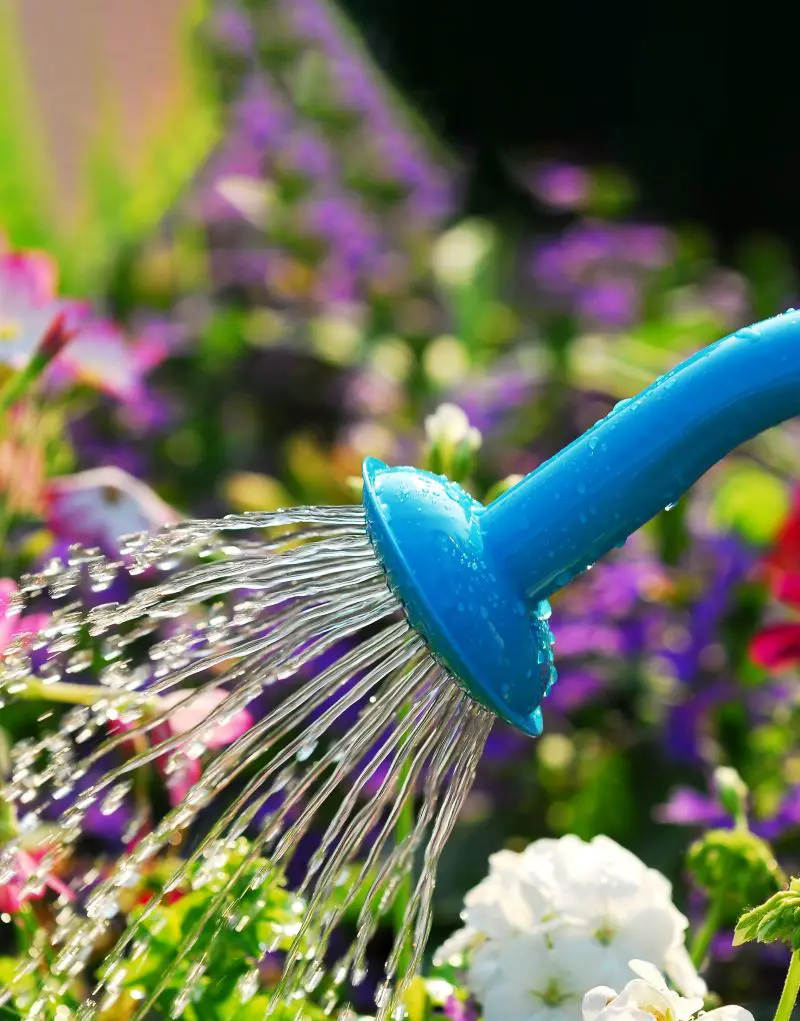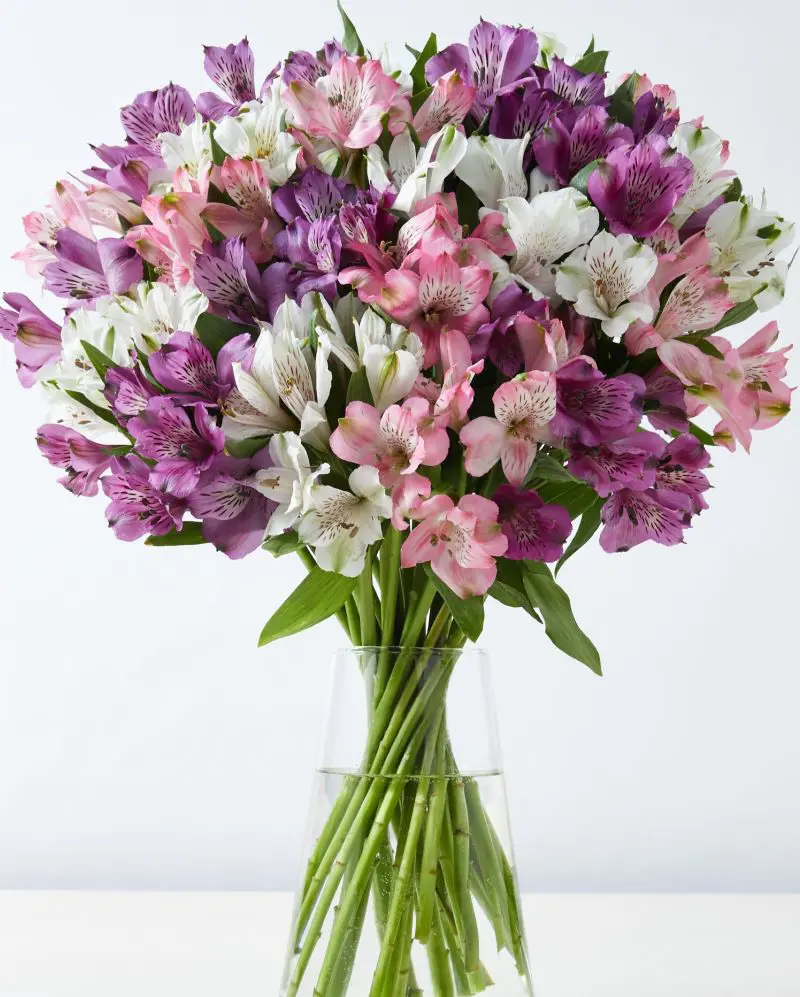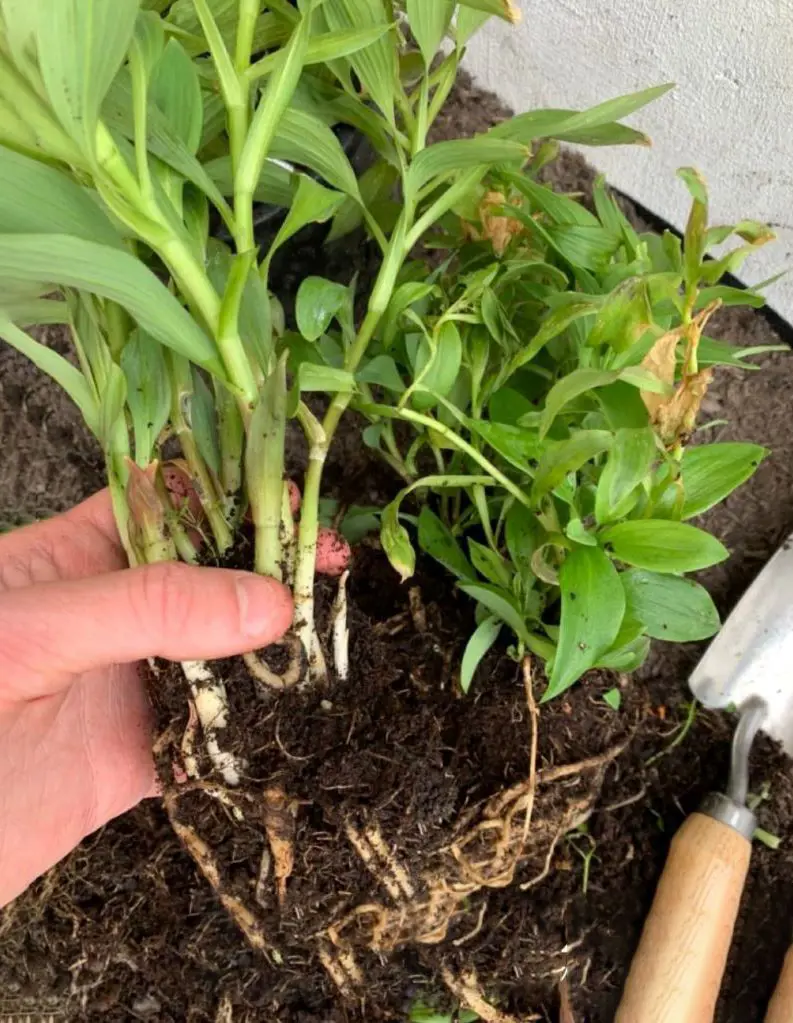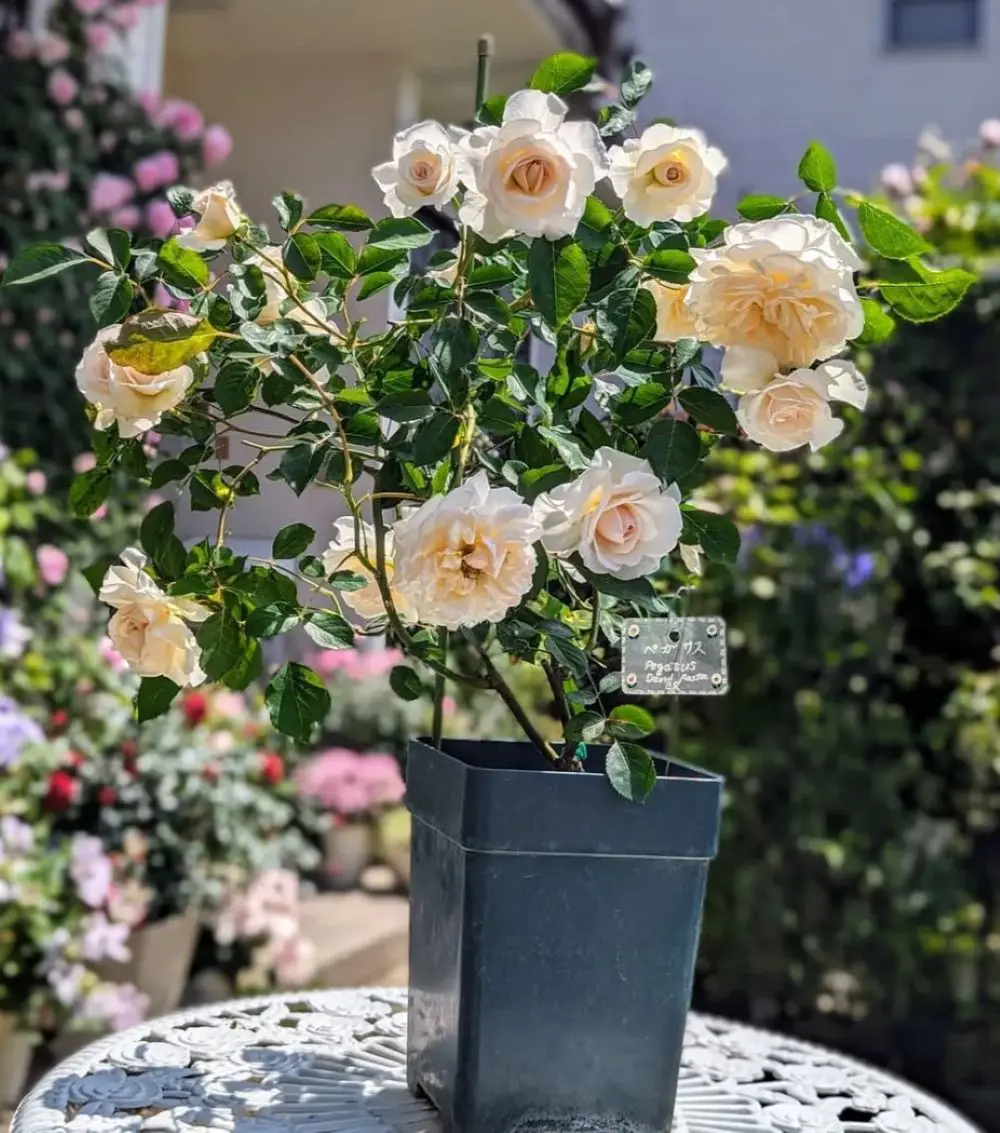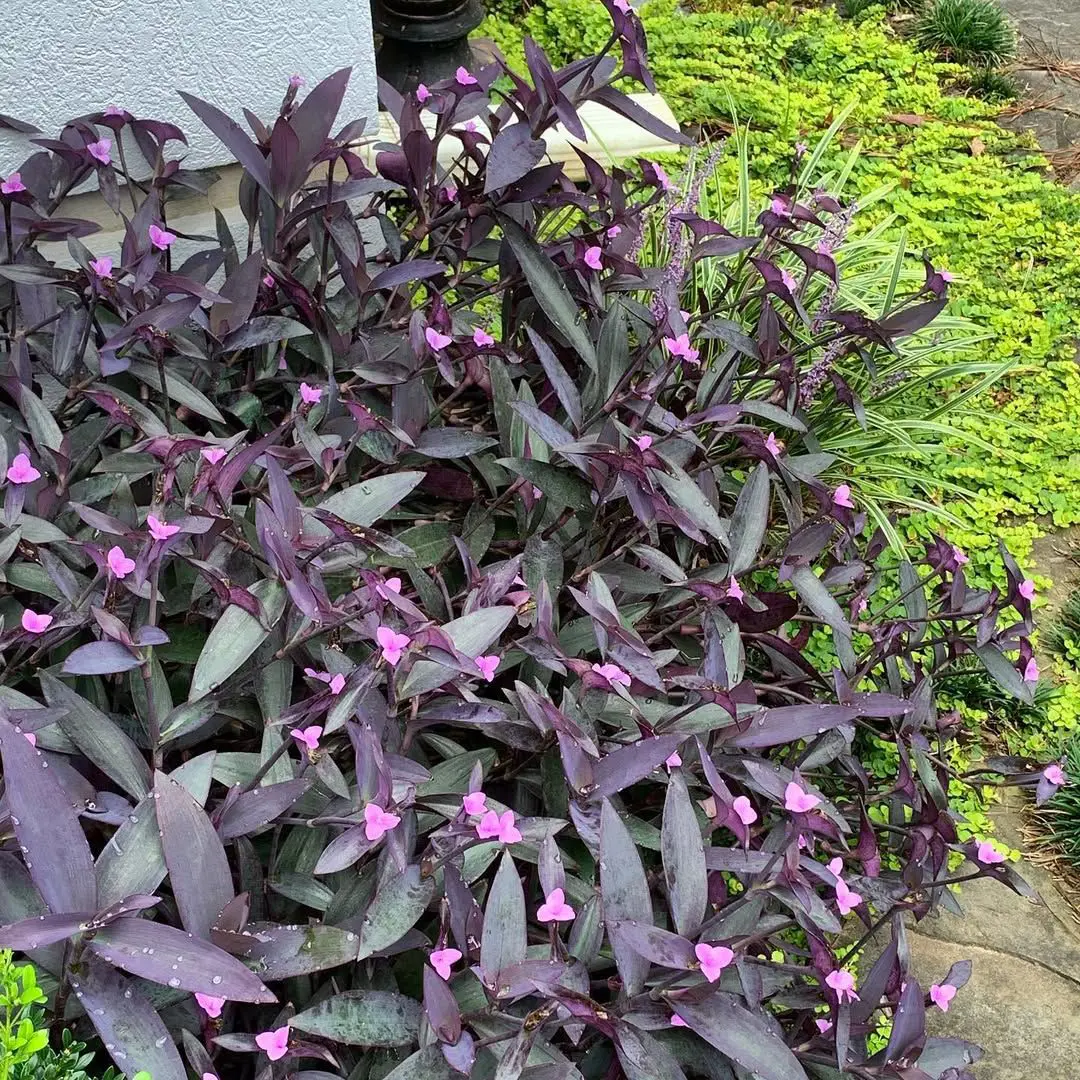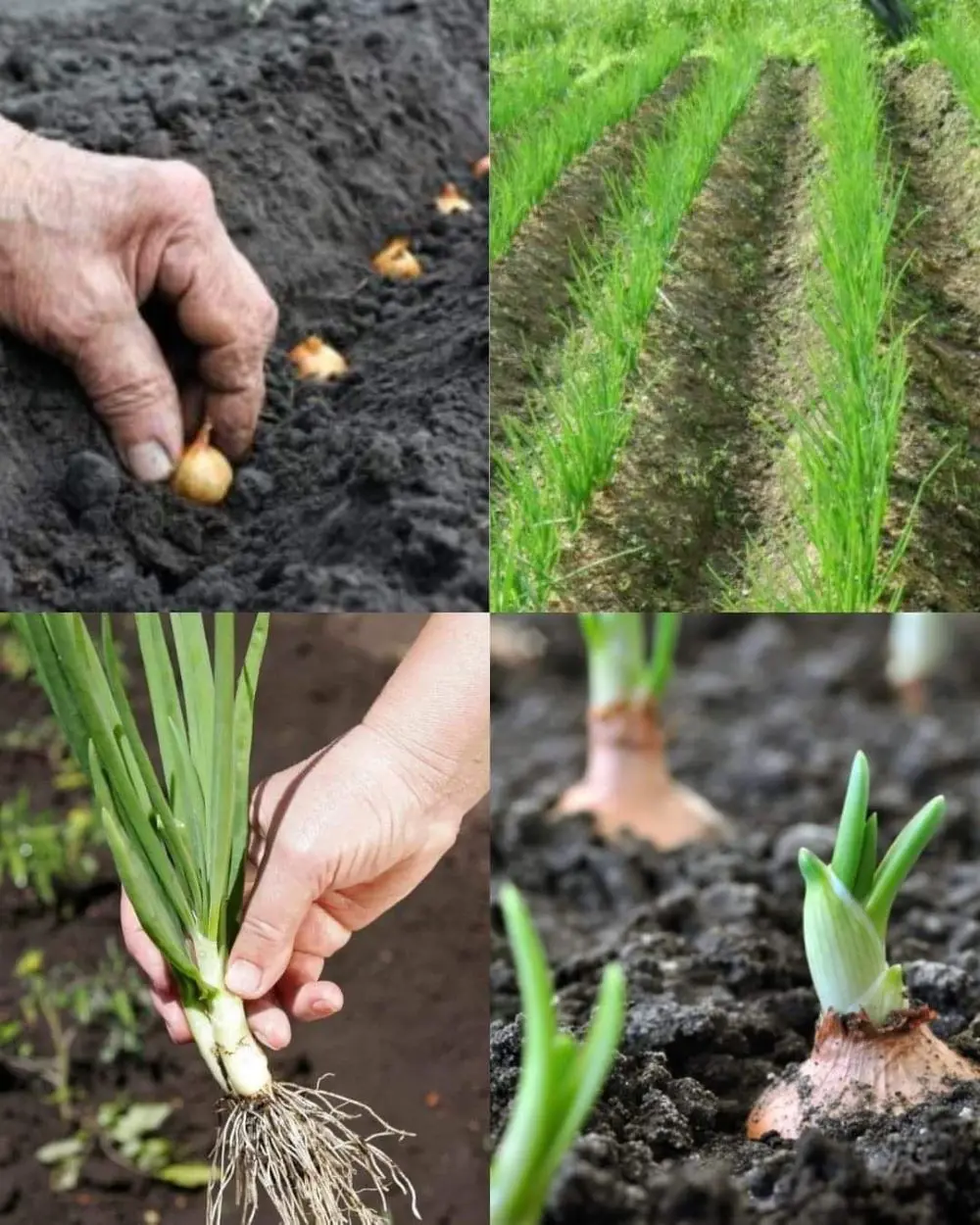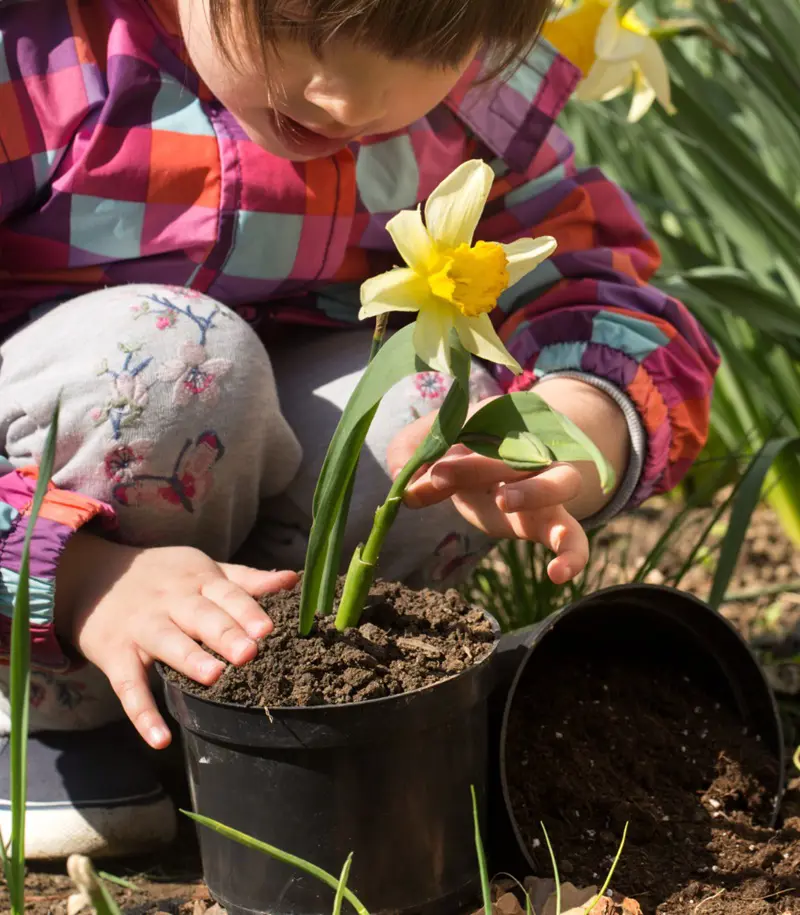Alstroemeria Overview
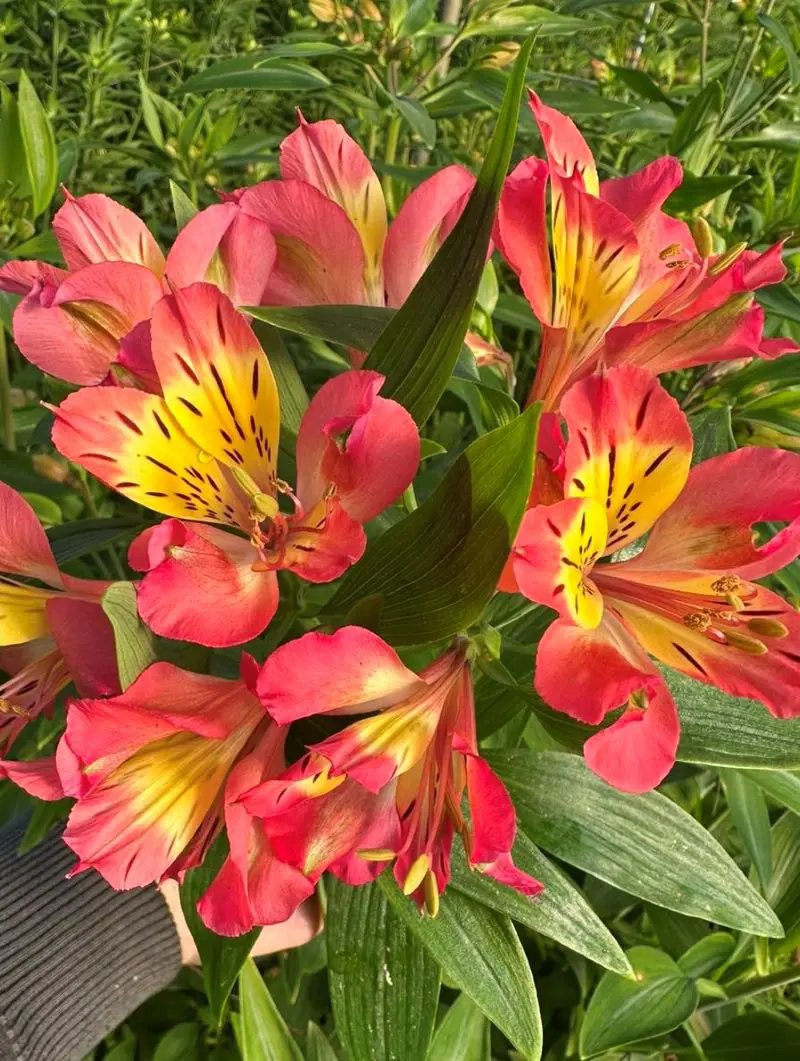
Alstroemeria, also known as the Peruvian Lily or Lily of the Incas, belongs to the Alstroemeriaceae family and is native to South America, particularly the Andes region from Venezuela to Chile. These herbaceous perennial plants grow from tuberous roots and feature lance-shaped leaves that can be variegated.
Their trumpet-shaped flowers come in vibrant colors with unique markings, making them popular ornamentals in gardens and prized cut flowers in the floristry industry. While not endangered in the wild, some Alstroemeria species face threats due to habitat loss and illegal harvesting.
Interesting Facts
- Symbolism: Symbolizes friendship, love, strength, and devotion.
- Diversity: Over 50 species are recognized, with numerous hybrids and cultivars.
- Longevity: Flowers can last up to two weeks in a vase.
- Pests: Generally resistant to pests and diseases.


